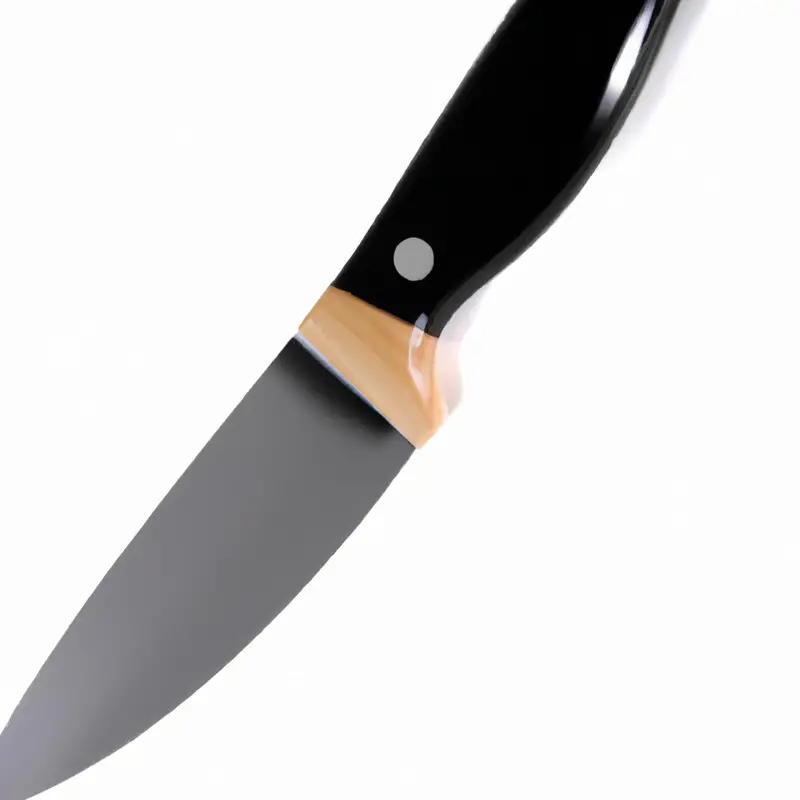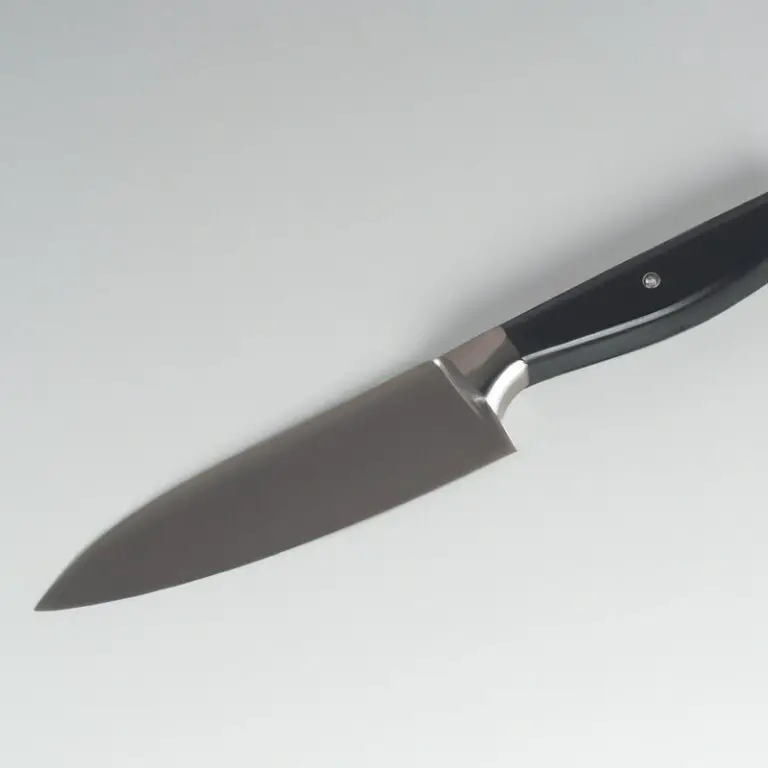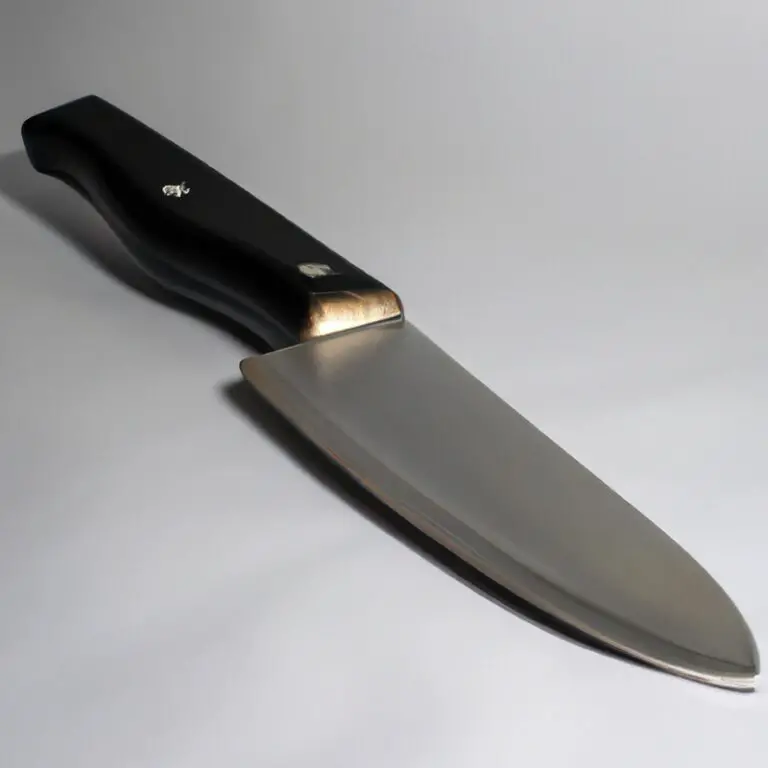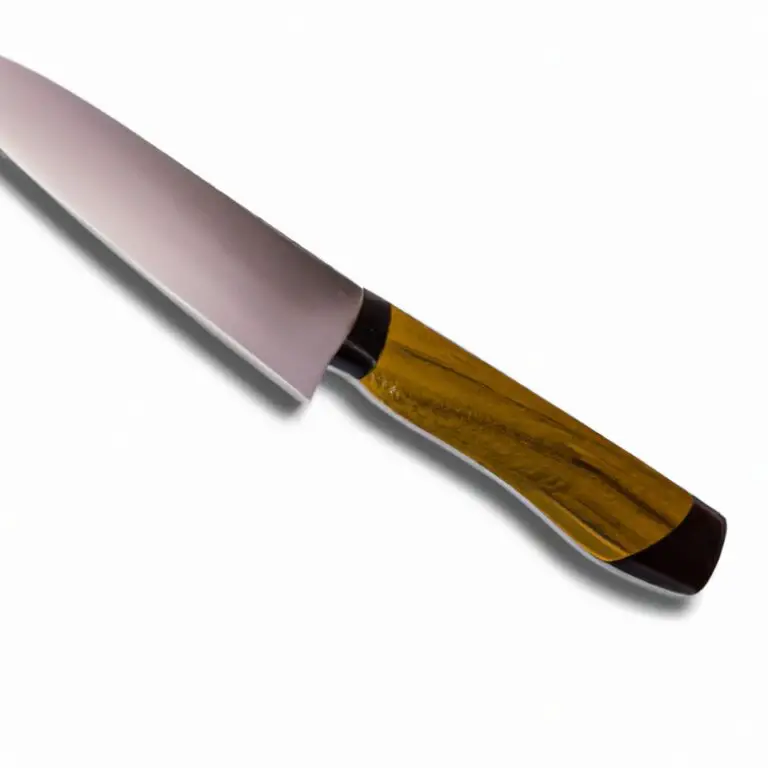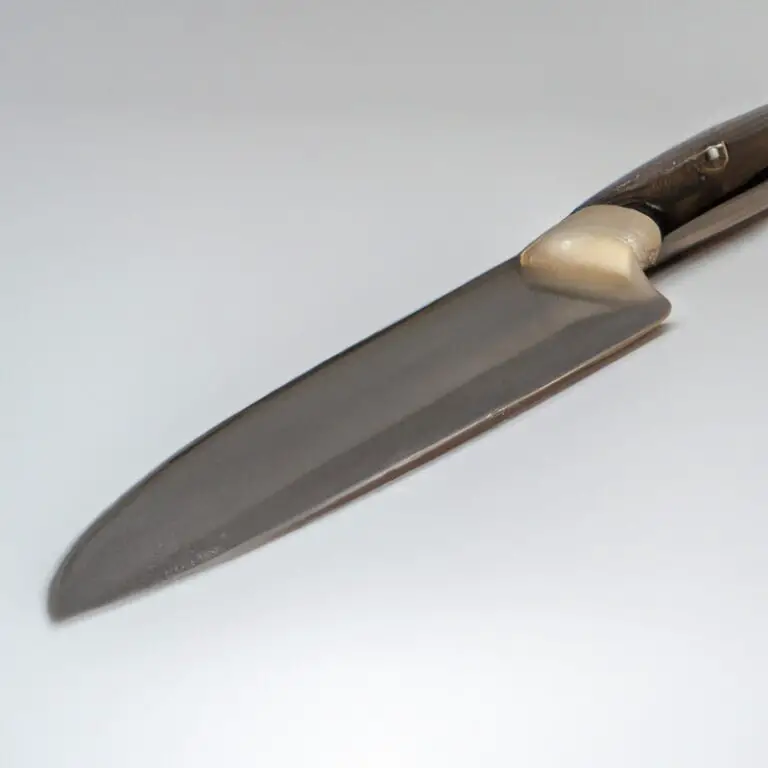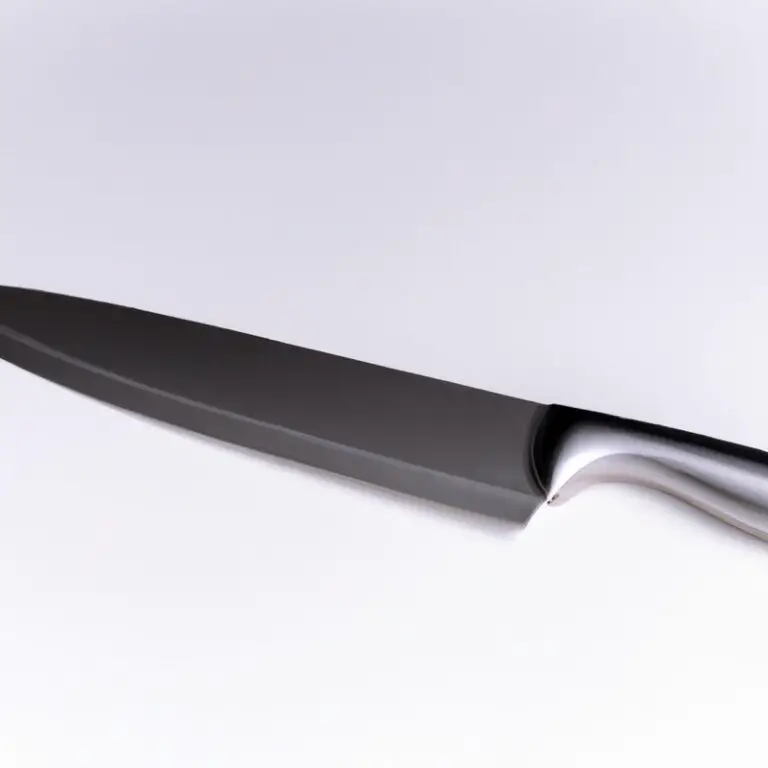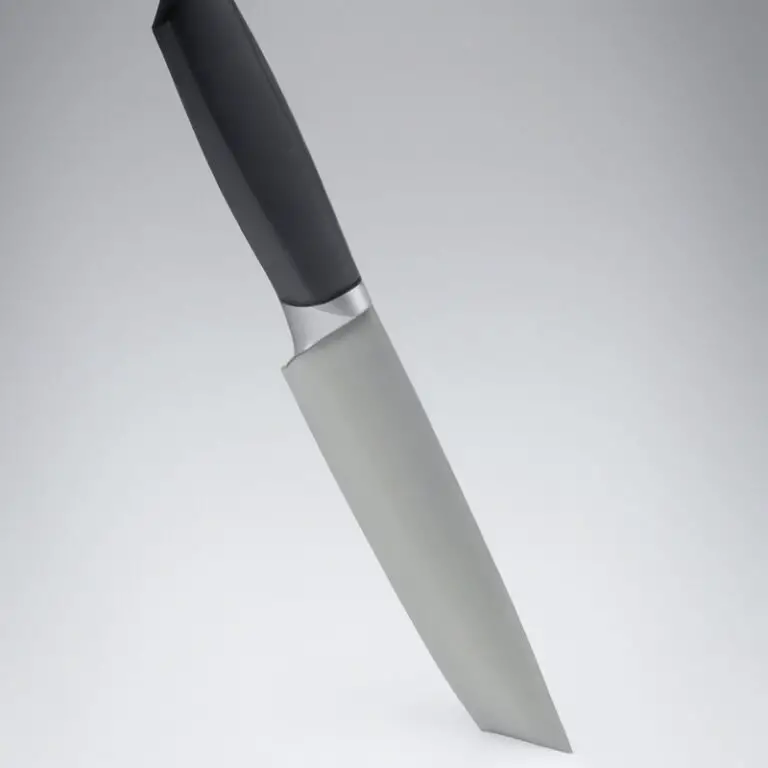How To Choose The Right Cheese Knife?
Key Takeaways:
- Consider the type of cheese you will be cutting to select the appropriate blade shape and size.
- Look for a knife with a sturdy handle to ensure a comfortable and secure grip while cutting.
- Opt for a cheese knife made of high-quality materials to ensure durability and longevity.
- Don’t overlook the importance of a sharp blade for a clean cut and enhanced flavor.
Are you a cheese lover? Do you often find yourself struggling to cut through your favorite block of cheese with a regular knife?
If the answer is yes, then you are in dire need of a cheese knife.
But how do you choose the right type of cheese knife among so many options? This article will guide you through the different types of cheese knives, their important features, and which one to choose based on the cheese type.
From selecting the best materials to sharpening and maintenance, we’ve got you covered.
So, grab a cheese board, sit back, and get ready to become a cheese knife expert!
| Type of Cheese | Knife Style | Blade Type | Handle Type | Price Range |
|---|---|---|---|---|
| Soft and creamy cheeses (Brie, Camembert) | Soft cheese knife | Short and stubby blade with holes | Wooden or plastic handle | $10-30 USD |
| Semi-soft cheeses (Cheddar, Gouda) | Hard cheese knife | Sharp and pointed blade | Wooden or plastic handle | $15-50 USD |
| Hard cheeses (Parmesan, Pecorino) | Cheese plane/cheese shaver | Angled blade | Metal handle | $20-60 USD |
| Blue cheeses (Roquefort, Gorgonzola) | Blue cheese knife | Long and narrow blade with serrated edge | Metal handle | $20-50 USD |
Understanding the Different Types of Cheese Knives: A Comprehensive Guide
Understanding the Different Types of Cheese Knives: A Comprehensive Guide Choosing the right cheese knife can make all the difference in how you approach and enjoy your cheese board. There are different cheese knives designed for different types of cheese, so it’s important to understand the various options.
Broadly speaking, cheese knives fall into two categories: soft cheese knives and hard cheese knives.
Soft cheese knives are designed with a rounded tip to allow for spreading of soft cheeses, while hard cheese knives usually have a pointed blade to allow for a clean cut through harder cheeses. Within these two categories, there are several subcategories of cheese knives.
For example, a soft cheese knife might be a spreader knife, a brie knife, or a knife with a perforated blade for cutting through the rinds of bloomy rind cheeses like camembert.
Hard cheese knives might include a parmesan knife, which is designed to break up hard, aged cheese, or a chisel knife, which has a flat blade that can be used to both slice and chop cheese. Understanding the different types of cheese knives available will help you choose the right knife for your specific cheese selection and ensure you get the most out of your cheese board experience.
The Anatomy of a Cheese Knife: Important Features to Look for
When it comes to choosing a cheese knife, it’s important to understand its anatomy and features that make it a perfect tool and enhance your experience while using it. A good cheese knife should have a sturdy construction with a comfortable handle that provides a good grip.
One essential feature of a cheese knife is the blade.
Cheese knives have specific blades that are designed to cut through different types of cheeses. Some blades have holes or serrated edges to prevent the cheese from sticking and to make slicing smoother.
Another critical feature of a cheese knife is its size and shape.
Generally, cheese knives come in different shapes for different types of cheeses, such as soft, hard, or crumbly. Soft cheese knives are thin, with a broad blade, while hard cheese knives have a pointed tip to break through the cheese’s hard exterior.
Lastly, the handle material also plays a crucial role.
Cheese knives with comfortable handles that provide a good grip are essential for easy slicing and cutting, especially if you’re serving cheese for a long time. Wooden or plastic handles are a popular choice for cheese knives because they are comfortable on the hands, while metal handles provide less grip.
Overall, choosing a cheese knife with the right design, blade, and handle can make a significant difference in your cheese cutting experience, so be sure to take your time and pick the knife that best suits your needs and preferences.
Soft Cheese vs. Hard Cheese: Which Knife to Choose for Each
Soft cheeses like brie, camembert, and goat cheese require a knife with a slim blade that has a pointed tip. This helps in slicing through the soft cheese without squishing or sticking to the blade.
A soft cheese knife usually has a series of perforations along the blade’s side, which prevent the cheese from sticking to it.
In contrast, the hard cheese knife has a broad, sturdy blade and a sharp point. This knife can handle denser and firmer cheeses like cheddar, Gouda, and Parmesan.
With the sharp point, it’s easier to split off manageable pieces, and the wide blade helps to apply enough pressure to cut through the cheese’s hardness.
It’s important to choose the correct cheese knife when serving your cheese to enhance the dining experience. Using the right cheese knife ensures that your cheese display is visually appealing and allows your guests to enjoy the cheese’s different textures and flavors.
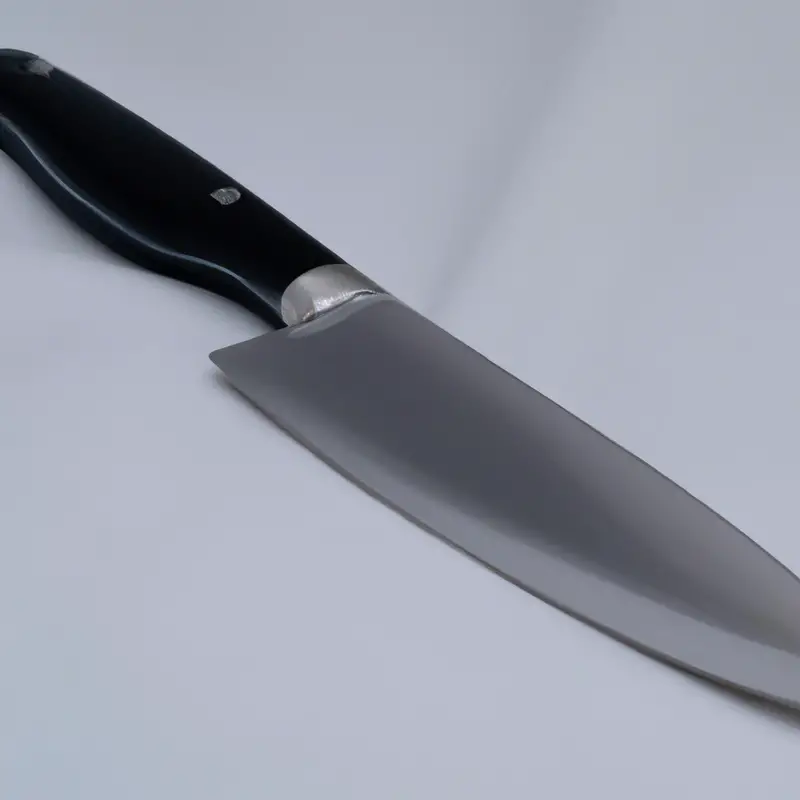
Essential Cheese Knife Set: The Must-Have Knives for Cheese Lovers
Essential Cheese Knife Set: The Must-Have Knives for Cheese Lovers Every cheese lover should have a basic set of cheese knives in their kitchen. A set of three knives is essential for covering most of the cheese types.
- The first knife is a general-purpose cheese knife, which is ideal for cutting all types of cheese, from soft to hard.
- The second knife is a soft cheese knife, which features a sharp, perforated blade that allows it to slice through soft and creamy cheeses without crushing it.
- The third knife is a hard cheese knife, which has a sturdy, strong blade that can easily cut harder cheese types without bending.
Investing in a good quality cheese knife set is crucial to ensure that your cheese gets a clean cut, retains its shape, and doesn’t stick to the knife. Cheese knives can be made from different materials such as stainless steel, ceramic, or titanium, but it’s advisable to choose knives made from high-quality materials because they will last longer and are more durable.
Having the right cheese knife set will enhance the overall cheese experience, making it easier and enjoyable to eat.
Make sure you invest in a good quality cheese knife set that will last for years and consider adding additional specialty knives to your collection depending on your preferences.
The Best Materials for Cheese Knives: Which One Should You Choose?
Cheese knives can be made from various materials such as stainless steel, carbon steel, ceramic, and more. Each material has its pros and cons, so choosing the best material for your cheese knife depends on your personal preference and needs.
Stainless steel is a popular choice because it is durable and easy to clean.
Carbon steel is known for its sharpness, but it requires regular maintenance to prevent rusting. Ceramic is lightweight and long-lasting, but it can be brittle and prone to breakage if dropped.
Ultimately, the best material for a cheese knife is one that feels comfortable in your hand and can effectively cut through your favorite types of cheese.
Consider your budget, usage frequency, and cheese preferences when choosing the material for your cheese knife.
How to Properly Hold and Use a Cheese Knife for Optimal Results
To properly hold a cheese knife, use your dominant hand to grip the handle and your other hand to stabilize the cheese. Keep the knife perpendicular to the cheese surface and use a gentle back-and-forth sawing motion to cut through the cheese.
For optimal results, use a different cheese knife for each type of cheese and avoid applying too much pressure that could damage the knife or disrupt the cheese’s texture.
Remember to always clean and dry your cheese knives immediately after use to prevent rust and maintain their sharpness.
Sharpening Your Cheese Knives: Tips for Keeping Them Razor-Sharp
To keep your cheese knives razor-sharp, it’s important to regularly sharpen them using a sharpening stone or electric sharpening tool. Follow these tips to sharpen your cheese knife effectively:
- Choose the right tool: Use either a sharpening stone or electric sharpener, depending on your comfort level.
- Angle matters: For a smooth and sharp edge, maintain a consistent angle of 20 degrees while sharpening.
- Begin with coarse grit: Start with a coarse-grit stone or wheel to sharpen the edges and remove any nicks.
- Progress from coarse to fine: Gradually move to finer grits, using a lighter touch and maintaining a consistent angle.
- Hone the edge: Use honing steel to realign the blade’s edge and maintain its sharpness before and after use.
- Clean the blade: Once sharpening is done, clean the blade with a damp cloth to remove any metal filings or debris.
By regularly sharpening your cheese knives and following these tips, you can extend the life of your knives and ensure optimal results while slicing cheese.
Choosing the Right Cheese Knife for Your Cheese Board
Choosing the right cheese knife for your cheese board can make all the difference in the presentation and enjoyment of your cheese. The most common types of cheese knives are the cheese plane, cheese spreader, and the cheese knife.
For soft cheeses like brie or camembert, a cheese plane is the best option.
This knife can smoothly glide through soft cheese and create thin slices with ease. For hard cheeses like cheddar or parmesan, a cheese knife is necessary.
Its sharp, pointed blade can easily cut through the dense texture of hard cheese.
A cheese spreader is perfect for spreading soft cheese on crackers or bread. It is typically short with a flat, wide blade.
When choosing a cheese knife, look for one with a comfortable handle, a sturdy blade, and a thickness that matches the texture of the cheese you plan to serve.
Lastly, consider investing in a set of cheese knives so that you have the right tool for each type of cheese on your board.
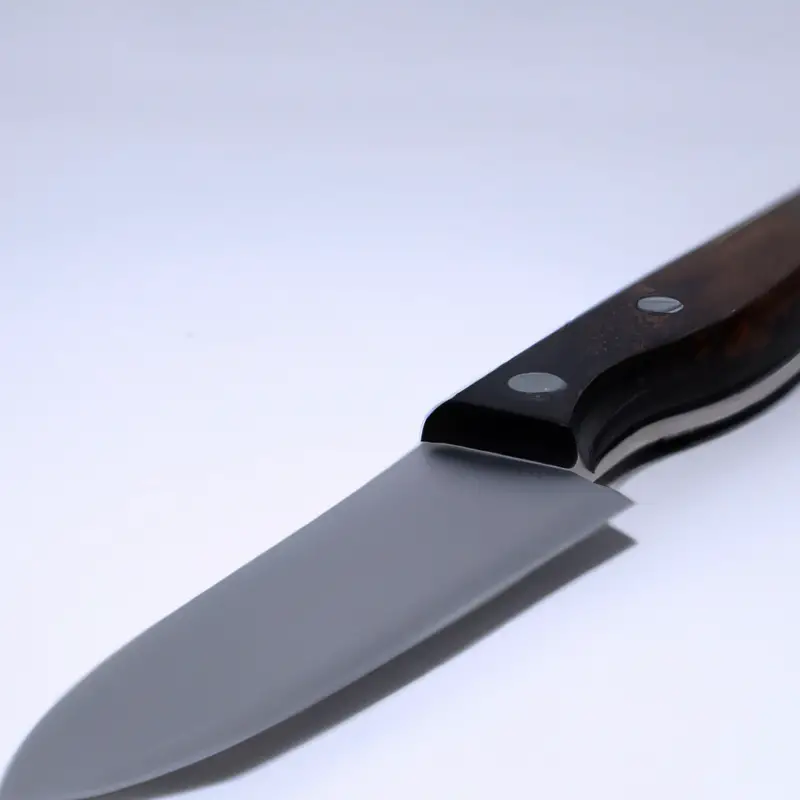
Specialty Cheese Knives: Exploring Unique and Uncommon Options
Specialty cheese knives are a great option for those looking to elevate their cheese board game. These knives are designed for specific types of cheeses and can enhance the taste and presentation of your cheese selection.
One unique option is the cheese plane, which is perfect for thinly slicing hard and semi-hard cheeses like cheddar or gouda.
Another specialty knife is the cheese cleaver, which can cut through hard cheese like Parmesan with ease. There are also knives designed for soft cheese like the classic French-style knife with its narrow, pointed blade, perfect for spreading brie or camembert onto bread or crackers.
For a more decorative presentation, there are cheese knives with intricate designs and handles made from materials such as mother of pearl or bone.
When choosing specialty cheese knives, it is important to consider the type of cheese you will be serving and the presentation you want to achieve. These knives can be an investment, but they can also last for years with proper care and maintenance.
Adding specialty cheese knives to your collection can make for a more enjoyable cheese tasting experience and impress your guests with your attention to detail.
How to Care for Your Cheese Knives: Maintenance and Storage Tips
Taking the time to properly care for your cheese knives is essential for their longevity and overall quality performance. Here are maintenance and storage tips that will help you keep your knives in top condition:
- Wash your cheese knives by hand with warm soapy water after each use and dry them properly to avoid rust and corrosion.
- Avoid using abrasive materials while washing your knives, such as scouring pads or abrasive cleaners, as they can damage the blades.
- Store your cheese knives separately from other kitchen items to prevent blades from getting damaged or blunted. A knife block or a blade guard can be handy options to protect the blades.
- Sharpen your cheese knives regularly to maintain their sharpness. A honing steel or a whetstone can be used to sharpen your knives. Avoid serrated sharpeners as they can damage the knife blade.
- If you are not using your cheese knives frequently or storing them for a long time, cover them with a thin coating of vegetable oil to prevent oxidation and rust.
By following these simple maintenance and storage tips, you can keep your cheese knives in good condition and ready to use at any time.
Final Verdict
Choosing the right cheese knife is essential to elevate your cheese-tasting experience. By understanding the different types of cheese knives, their anatomy, and which one to choose for each type of cheese, you can become a cheese connoisseur.
It is vital to invest in a high-quality essential cheese knife set made with durable materials, which you should properly care for and store to keep them razor-sharp.
Remember to practice good knife skills, sharpen your cheese knives regularly, and use them correctly to avoid damage and unnecessary accidents. With this guide, you can confidently select the perfect cheese knife for your cheese board and serve your guests a delicious and impressive array of cheese.
Start impressing your guests now with your knowledge about cheese knives.

